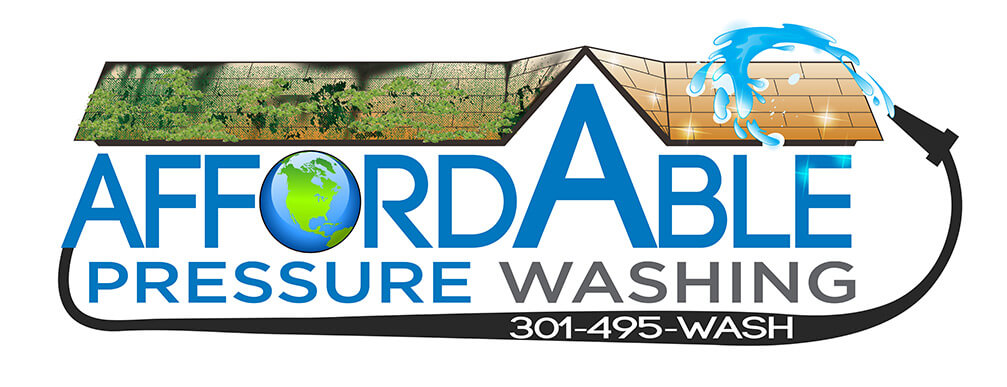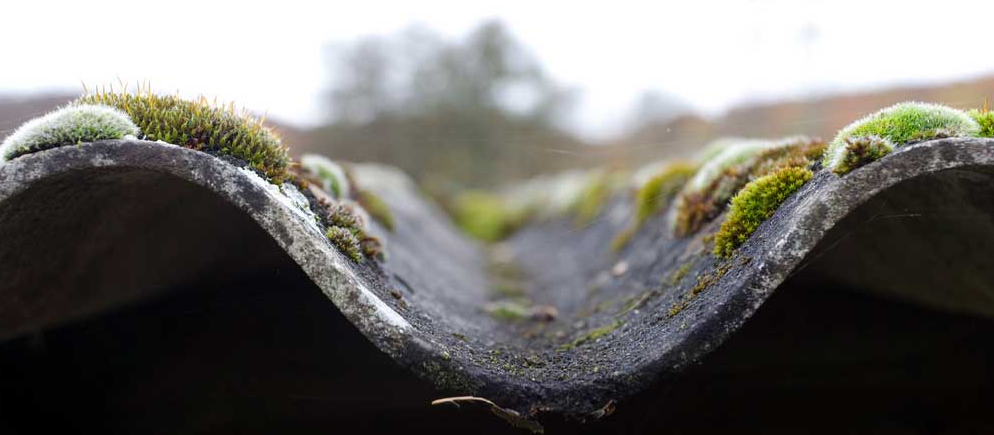Roof cleaning is the process to remove algae, mold, mildew, lichen and moss from roofs. Roof cleaning can extend the duration of a roof’s ability to function. Algae and other types of build-up often form on the north and west parts of the roofs that are shaded or receive less sun, and can reduce a roof’s life expectancy. The presence of soot, dirt, or biomass can affect how much sunlight is absorbed by a roof and thus the amount of heat a building absorbs. Below is an explanation of the different algae and bacteria.
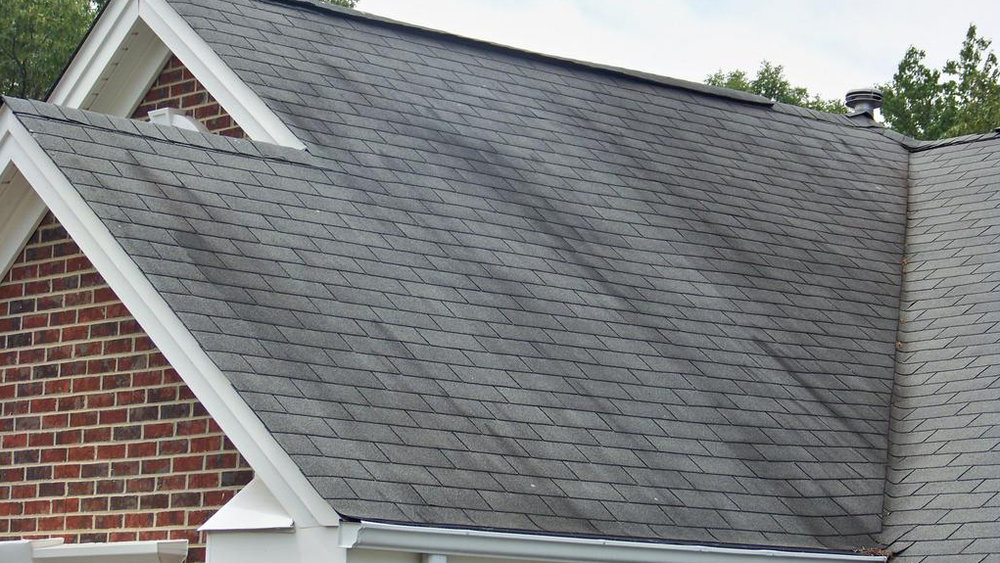
Algae
The definition of algae is a single or multi-cellular organism that has no roots, stems or leaves and is often found in water.
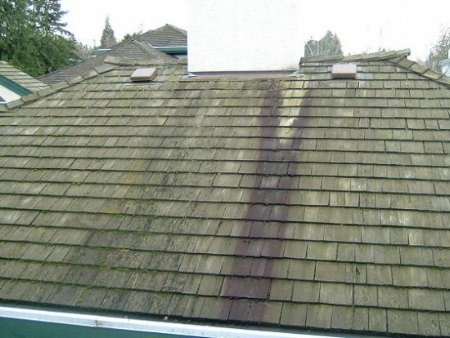
Mildew
A thin whitish coating consisting of minute fungal hyphae, growing on plants or damp organic material such as paper or leather.

Moss
A small flowerless green plant that lacks true roots, growing in low carpets or rounded cushions in damp habitats and reproducing by means of spores released from stalked capsules.

Lichen
A simple slow-growing plant that typically forms a low crust-like, leaf-like, or branching growth on rocks, walls, and trees.
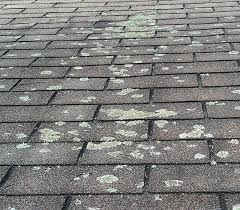
Mold
A mold or mould is a fungus that grows in the form of multi-cellular filaments called hyphae. In contrast, fungi that can adopt a single-celled growth habits are called yeasts.
